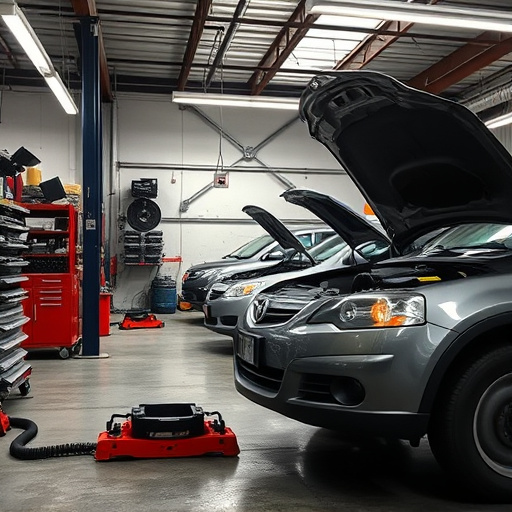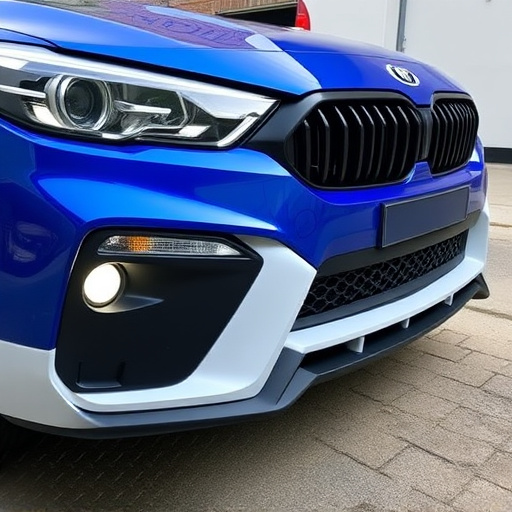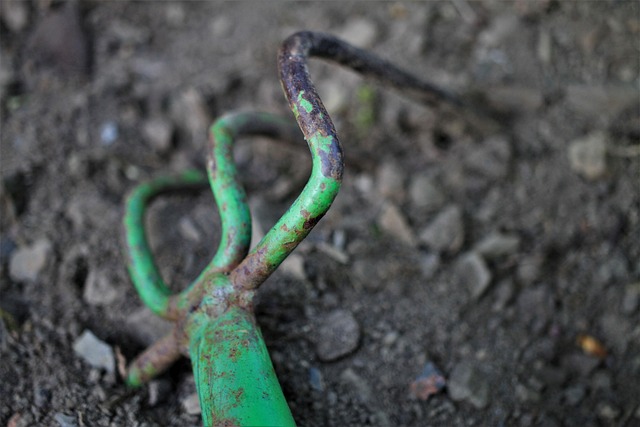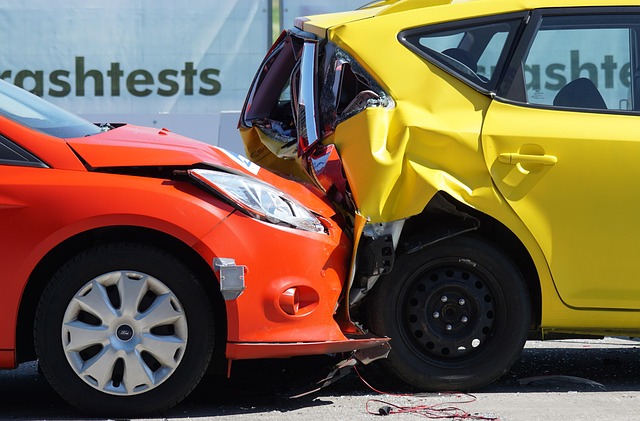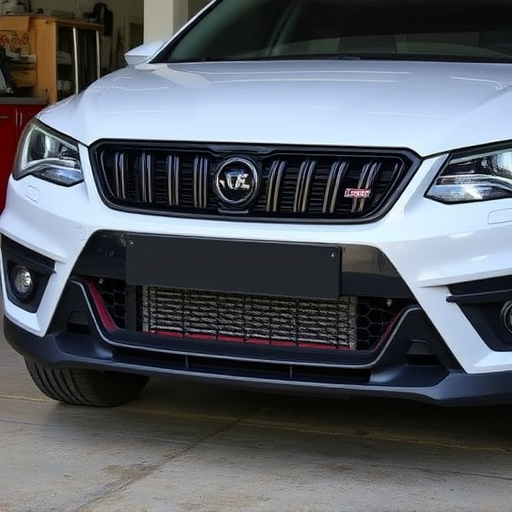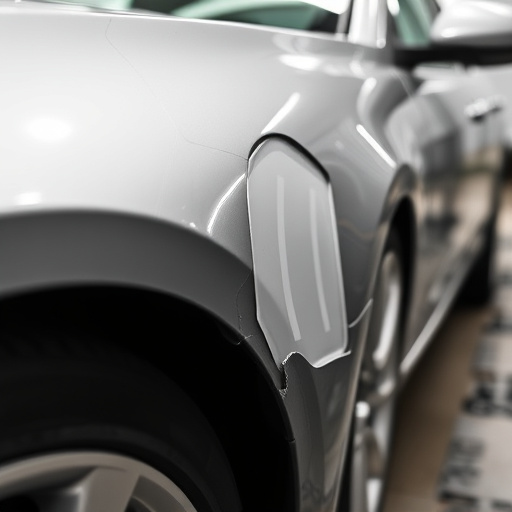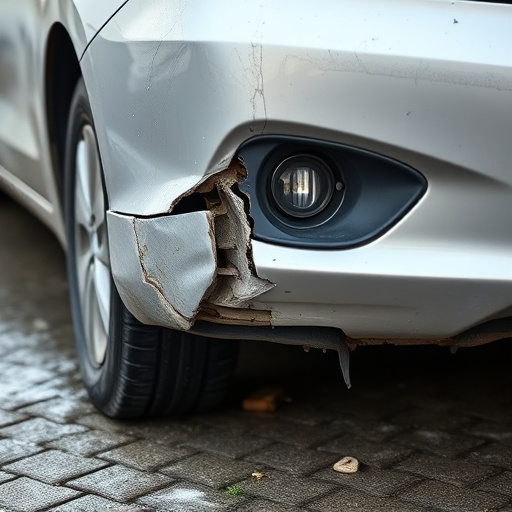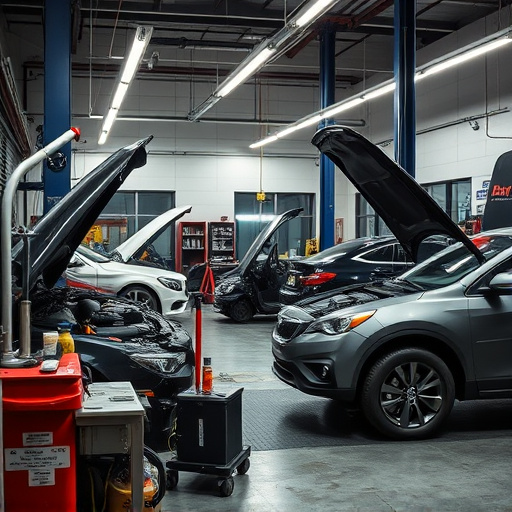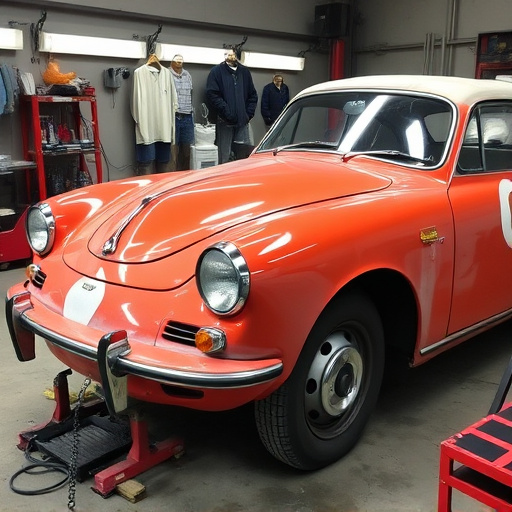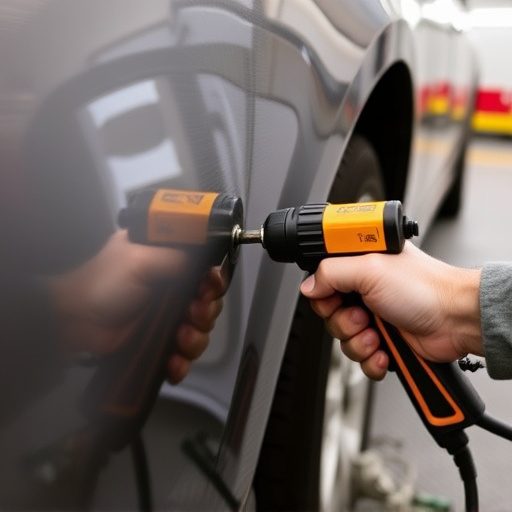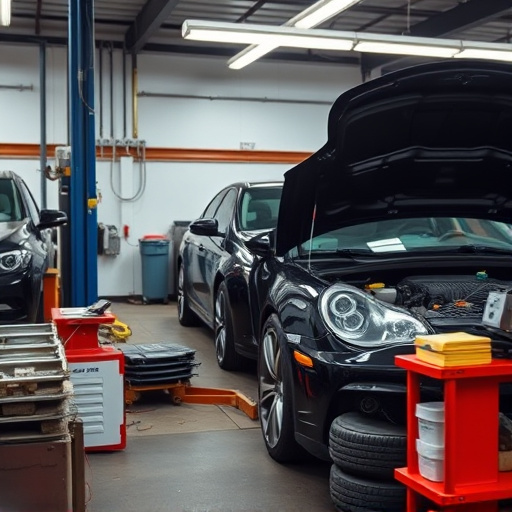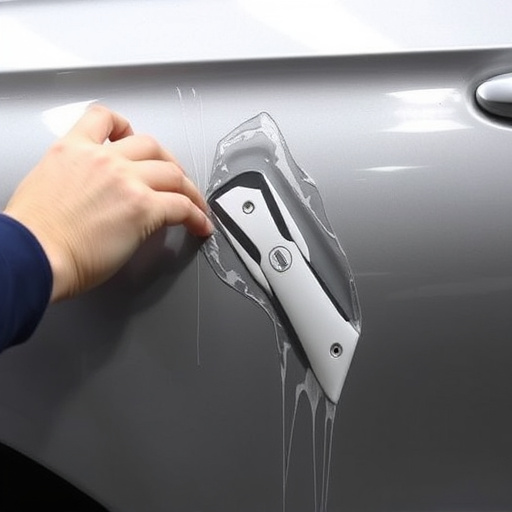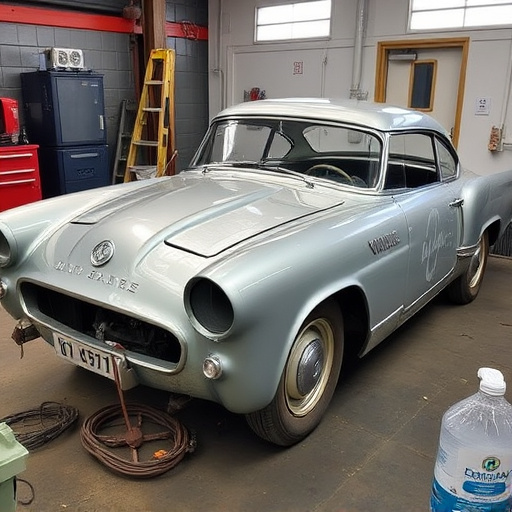Proper sensor calibration is vital after a Mercedes grille replacement to ensure optimal vehicle performance and safety. Modern cars rely on sensors for critical functions like collision detection, parking assistance, and adaptive cruise control. Recalibration adjusts these sensors to the new grille's position, enhancing safety and driving dynamics. It's recommended to seek professional auto repair services for precise sensor calibration, especially for Mercedes vehicles with advanced driver-assistance systems (ADAS).
After replacing a Mercedes grille, sensor recalibration is crucial for optimal vehicle performance. This article guides you through understanding the impact of such replacements on sensor calibration and identifying affected sensors. We delve into the process of restoring accuracy post-installation, ensuring your Mercedes operates seamlessly. Learn how to navigate this often overlooked yet vital step in Mercedes grille replacement, enhancing safety and efficiency.
- Understanding Sensor Calibration After Grille Replacement
- Identifying Sensors Affected by Mercedes Grille Change
- Restoring Accuracy: Recalibrating Sensors Post-Installation
Understanding Sensor Calibration After Grille Replacement
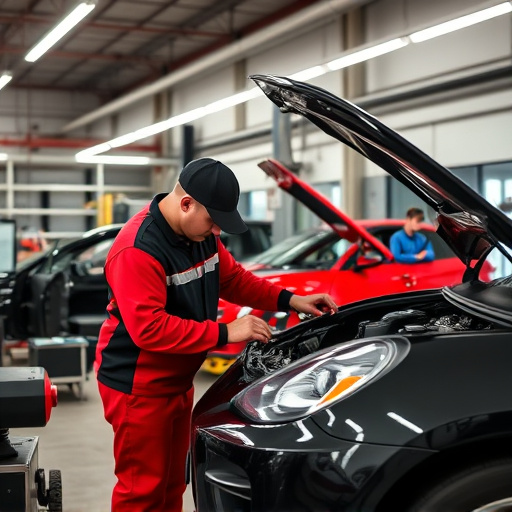
After a Mercedes grille replacement, understanding sensor calibration is crucial for optimal vehicle performance and safety. When a new grille is installed, it can slightly alter the vehicle’s aerodynamic profile and sensor readings. This is especially true in modern vehicles where various sensors are integrated into the front end to monitor everything from air intake to collision avoidance systems.
During a classic car restoration or mercedes benz collision repair, technicians often need to recalibrate sensors after replacing parts like the grille. This ensures that sensors like the mass airflow sensor, temperature sensors, and even camera-based adaptive cruise control systems operate accurately. Recalibration involves adjusting the settings based on the new grille’s characteristics to maintain precise data input for the vehicle’s computer systems.
Identifying Sensors Affected by Mercedes Grille Change
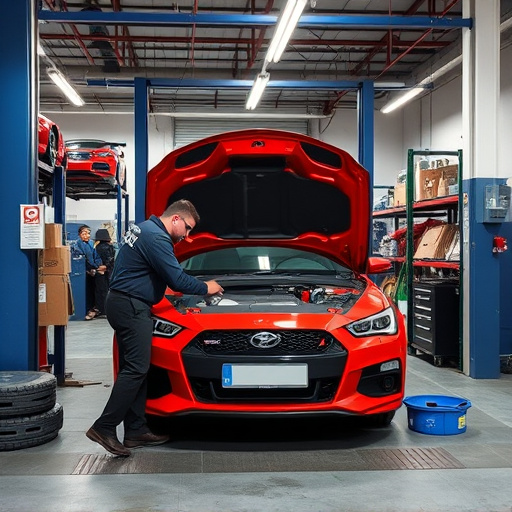
When a Mercedes grille replacement is performed, several sensors within the vehicle’s front end may be affected. These include sensors responsible for tasks such as collision detection, parking assistance, and adaptive cruise control. It’s crucial to identify which sensors are impacted by the change to ensure proper recalibration. An automotive body shop with experience in both auto body repair and dent removal can assist in this process, as they have the expertise to diagnose and address any sensor-related issues that arise from the Mercedes grille replacement.
During the evaluation, look out for sensors located around the grille area, such as those on the front bumper, fender, or even within the vehicle’s headlights. These sensors often play a critical role in the overall safety and driving dynamics of the vehicle. Proper recalibration after a Mercedes grille replacement is essential to maintain optimal performance and ensure the vehicle operates at peak efficiency, avoiding any potential safety hazards associated with malfunctioning sensors.
Restoring Accuracy: Recalibrating Sensors Post-Installation
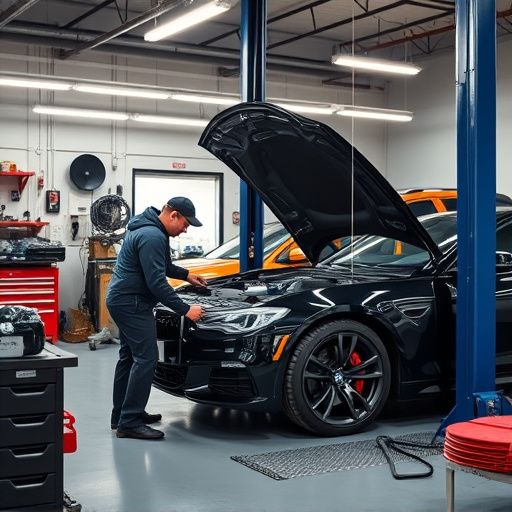
After successfully installing a new Mercedes grille, it’s crucial to restore the accuracy of your vehicle’s sensors. Many modern cars rely on sensor data for critical safety and performance functions, so ensuring these sensors are recalibrated properly is essential. This process involves adjusting the settings of various sensors, like those responsible for detecting obstacles, monitoring speed, or controlling emissions, to match the new grille’s position and design.
Recalibration is typically a straightforward procedure performed by qualified auto repair services. They use specialized tools to check each sensor’s performance and adjust them accordingly, ensuring they provide accurate data. This step is particularly important if your Mercedes has advanced driver-assistance systems (ADAS) or autonomous driving capabilities. By restoring sensor accuracy, you guarantee that these features function optimally, enhancing safety and overall vehicle performance, much like how a new auto glass repair can restore visibility after a collision.
After successfully replacing a Mercedes grille, ensuring proper sensor recalibration is key to maintaining vehicle safety and performance. Understanding which sensors are affected by this change and how to accurately restore their calibration ensures that your Mercedes operates seamlessly. By following the steps outlined in this guide, you can confidently navigate the process of recalibration, addressing each sensor’s unique requirements post-Mercedes grille replacement.
